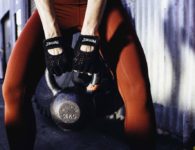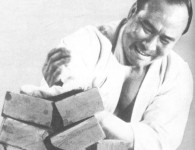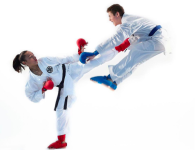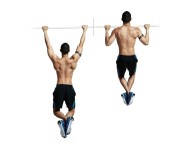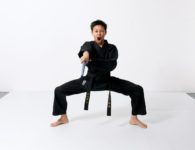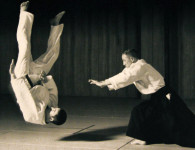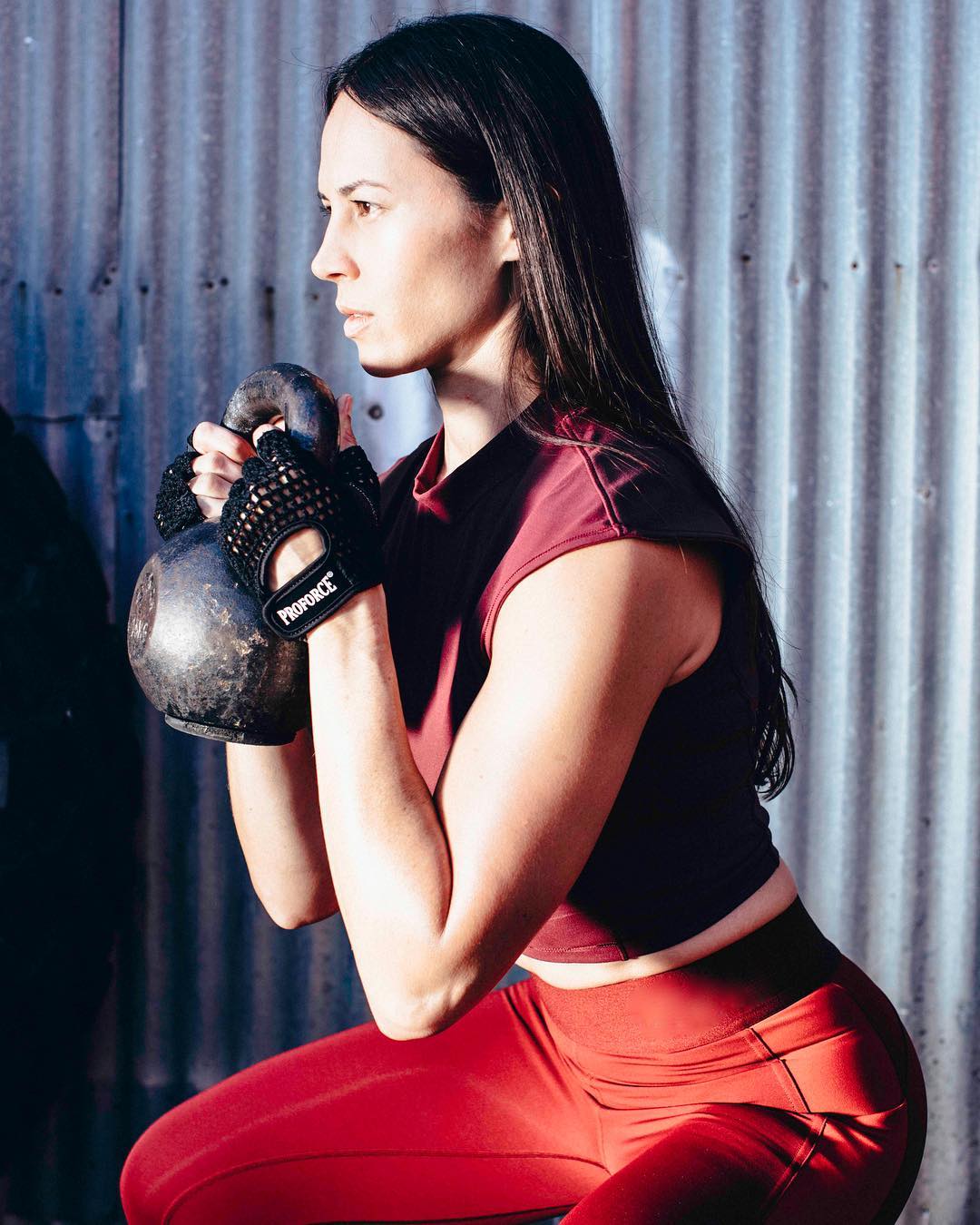
Can CrossFit improve your performance as a martial artist? The short answer is maybe. If you plan and train smartly.
CrossFit and similar circuit-style strength and conditioning training have a mixed reputation in MMA and the greater martial arts community. Its proponents argue that CrossFits’s workouts make for an ideal form of cross-training for martial arts competition because they mimic the timing, intensity, and strength and cardio challenges of martial arts battle. Detractors argue that simply throwing any mix of exercises together does not address the needs of a martial artist in a specific enough way to result in any meaningful gains that can help them succeed in competition.
When a CrossFit workout is designed for a sports specific purpose and does include a series of moves that directly address the unique needs of a competitive martial artist, though, it can become a beneficial part of an effective cross-training program. The “Fight Gone Bad” workout that Greg Glassman designed for UFC legend B.J. Penn, for example, gained popularity with MMA fighters and fans because Glassman specifically designed it for someone who engages in full body combat in five minutes rounds.
As always, the very best way to determine if a workout or training style is right for your cross-training routine is to consult with your martial arts coaches or a fitness professional with a background in your specific martial art, if possible. They’ll have the best insight into what works for you as both a martial artist and an individual. But here are five CrossFit exercises that can benefit martial artists who are looking for some new and effective cross-training moves:
Tabatas
Tabatas aren’t technically a workout. They’re a method of interval training that can be applied to a wide variety of exercises. The protocol is simple: perform your chosen exercise for 20 seconds and rest for ten. Repeat eight times.
It might sound easy, but it’s incredibly challenging. Even for the fittest athletes.
This type of high intensity interval training was developed Izumi Tabata, Ph.D., at the National Institute of Fitness and Sports in Tokyo to train high end competitive athletes, and has proven effective in a number of athletic fields. Coaches and instructors in MMA, Karate, and boxing, among other martial arts and combat sports, have successfully adapted this kind of workout for their students and clients. When done with exercises like sprawls, mountain climbers, and even shadowboxing, Tabatas can be a great option for martial artists looking to improve their endurance and power.
Burpees
There’s a good chance that you’ve already been introduced to burpees as part of your warmups in martial arts training. Depending on the gym, you might even have done reps as a form of discipline. That’s because this full body exercise is a great way to work on your agility, power, and muscular and cardio endurance. And they’re so challenging that the prospect of having to do a lot of them will help to keep even the most rebellious martial arts student in line.
Burpees are also excellent as part of a martial arts-oriented CrossFit workout for many of the same reasons. They work almost every part of the body in ways that translate well to both the movements and speed of martial arts competition. The squat thrust portion of the move is great for takedown defences. The push-ups strengthen many of the upper body and core muscles involved in striking and grappling. And those jumps kick everything into a whole other level of cardiovascular fitness.
Box Jumps
A word of warning before we get into the details about box jumps for martial arts training: Box jumps, like most intense plyometric exercises, are only safe and only effective when they’re done properly. But they can be incredibly risky if you don’t already have a solid background in strength training, if you don’t use good form (as demonstrated in the above video), or if you do too many reps. So if you’re interested in adding this move to your martial arts routine, please consult a fitness professional with a background in plyometrics before trying this at home.
That said, box jumps, when done properly, are an excellent way to add explosiveness to your martial arts training. In striking arts, it can help to make your kicks and knees stronger. In grappling arts, it can make your takedowns more solid. And martial artists from every discipline can benefit from the power and precision this type of exercise helps to develop.
Wall Ball Side Throws
There’s a reason you can still find a medicine ball or two kicking around many martial arts gyms to this day. Medicine ball-based exercises and drills have a wide variety of applications to martial arts training. They’re also pretty entertaining to play with, as far as heavy pieces of fitness equipment go.
Take the wall ball side throw, for instance. This challenging but fun exercise that targets the core and upper body has a wide variety of benefits for martial artists. It improves core strength and core rotation, which make you a more effective striker and a stronger grappler. It can also up your explosive power, which has applications for almost every martial art. It can also make a difference in your punch resistance, which is valuable for boxers, kickboxers, and even grapplers who want to protect against the occasional accidental knee or elbow on the mats.
2 Arm Kettlebell Swings
Kettlebells inspire the same divide in the martial arts community as CrossFit in general does. Some love it, some argue that a random kettlebell workout isn’t specific enough to lead to meaningful gains for competitive martial artists. If you do the work and seek out exercises that do have specific applications to your goals, though, kettlebells can be a valuable addition to your cross-training routine.
The two arm or two-handed kettlebell swing is a perfect example of the kind of kettlebell move that has a number of direct applications to martial arts performance. When done with good form, these swings force you to stay solidly grounded throughout the move, enforcing a level of balance and control that is incredibly beneficial to any martial arts with a standup component. The way that the hips are used to drive the action in this move is a great way to improve the explosive quality of your punches, kicks, takedowns, sweeps, and ground escapes. The way that this move engages the muscles of your posterior chain and encourages stability throughout the body is also great for developing a strong and balanced body, which can make you both a better and a safer fighter in sparring and competition.





